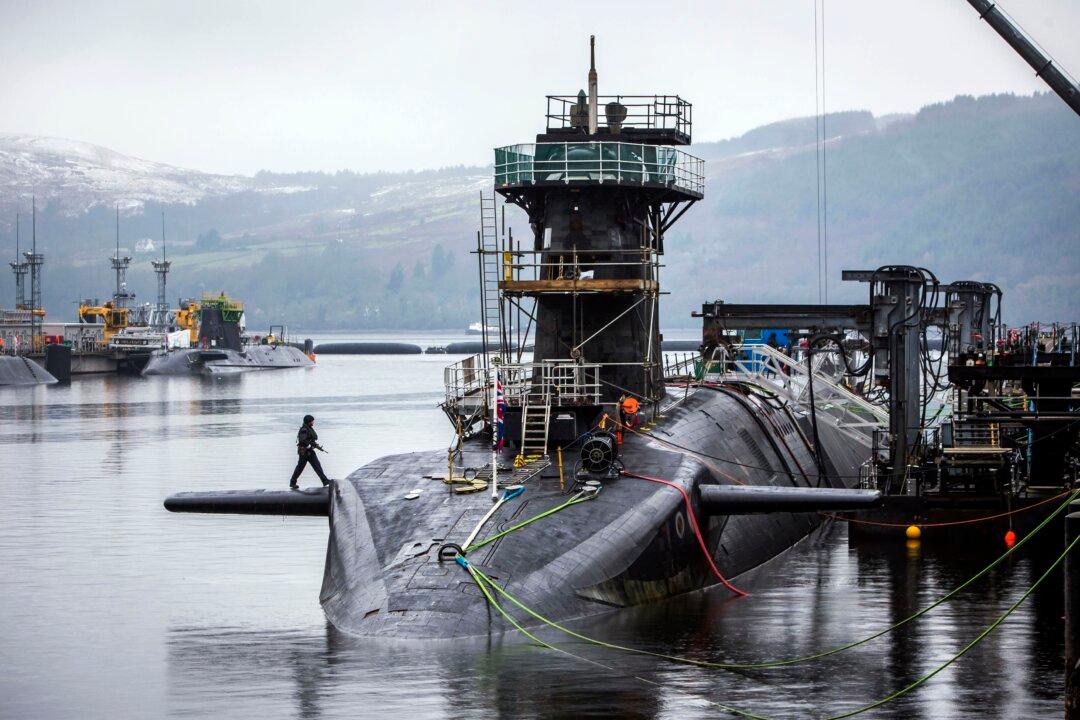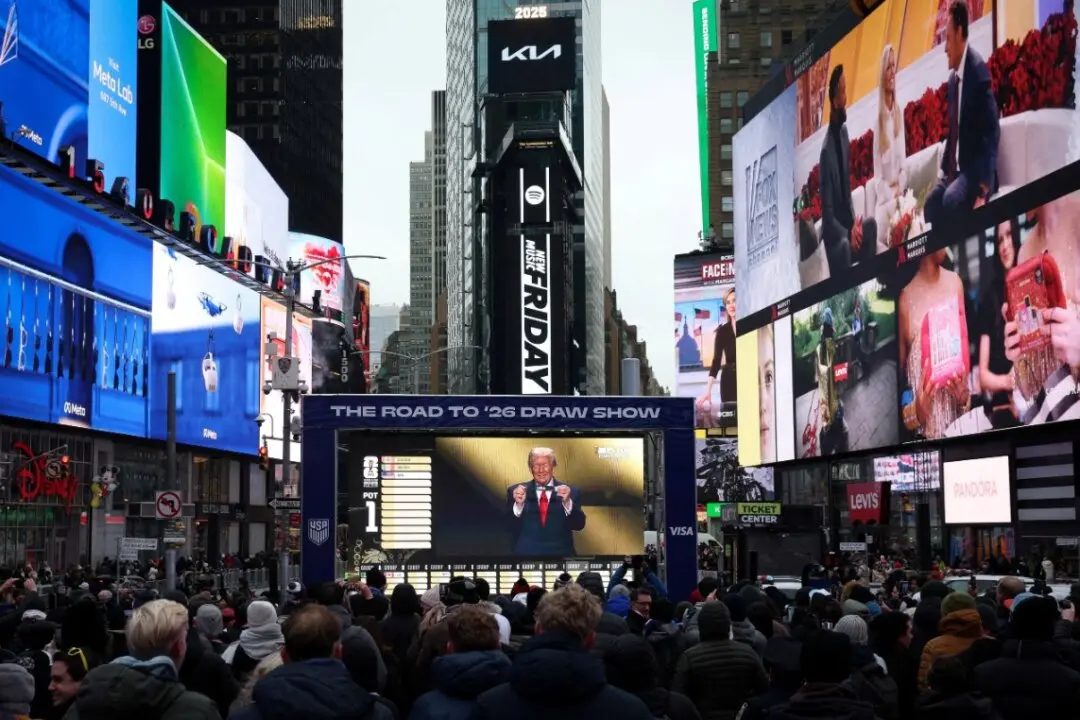The British prime minister has “kudos” that leaders of nations like New Zealand and the Netherlands do not have because the UK possesses an independent nuclear deterrent, according to a British defence analyst.
UK Prime Minister Rishi Sunak is meeting U.S. President Joe Biden and Australian Prime Minister Anthony Albanese in the port of San Diego in California—home of the U.S. Navy’s Pacific fleet—on Monday to sign the AUKUS security pact between the three countries.





